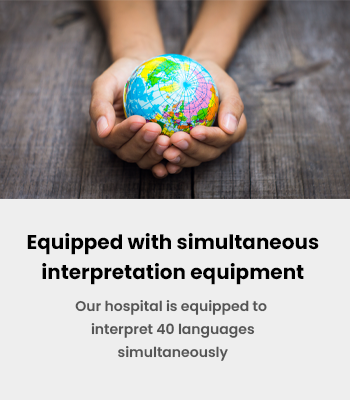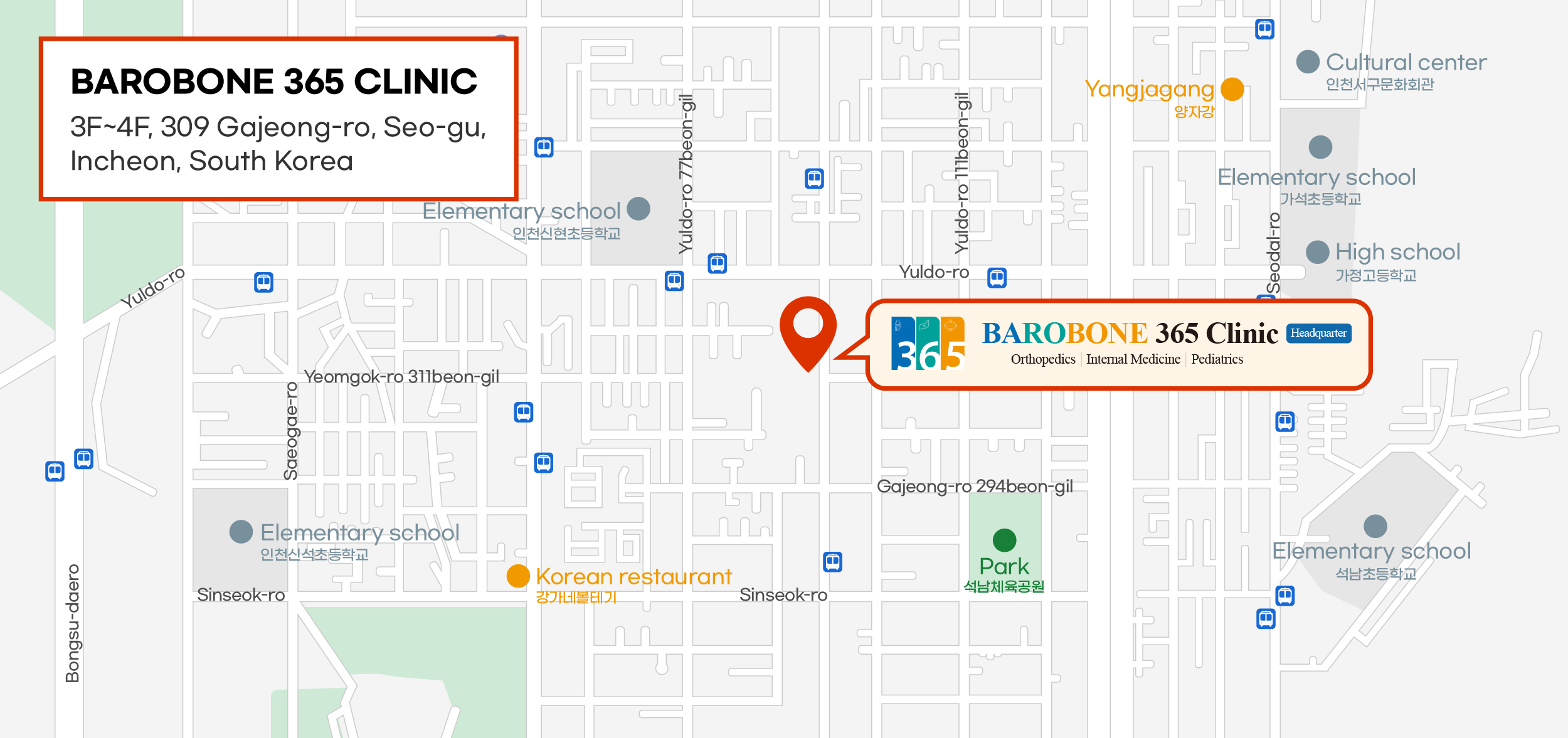What is Shingles?
The varicella-zoster virus causes shingles. Once you are infected with the varicella-zoster virus, it remains dormant in your body's nerve cells, including your ganglia. Typically, the body's immune system keeps the virus in check, but when the immune system is weakened by factors such as changes in temperature or stress, the virus can manifest as shingles. Shingles are a painful condition that is more severe than colic and can occur at any age, including people in their 20s and 30s as well as people in their 50s and 60s. As people age, the severity of the pain increases, and the incidence of sequelae such as postherpetic neuralgia increases.

Shingles symptoms
Most people don't recognize shingles in the early stages because they often dismiss the symptoms of fever, chills, and muscle aches
that precede blistering as a simple cold or frozen shoulders.
However, after these symptoms are dismissed, you may experience severe pain, tingling, and itching that feels like a knife stabbing.

| 1. Before the rash occurs (4-5 days) | 2. Skin rash | 3. after the rash |
|---|---|---|
|
|
|
Complications after Shingles
Early diagnosis and treatment of shingles are key.

- Neuralgia
- Insomnia
- Depression
- Motor neuron
paralysis - Facial paralysis
For most people, the symptoms of shingles are rashes and blisters on just one part of the body, the skin.
However, if your immune system is severely weakned, the virus can travel in your bloodstream and spread throughout your body,
leading to a variety of complications and, in severe cases, death.
Complications after shingles

The vaccine has been proven to cut the chances of developing shingles in half and
reduce the incidence of postherpetic neuralgia by about one-third. The protective effect is
greater when vaccinated at younger ages. In addition to the vaccine, avoiding situations
that can trigger shingles is also helpful for prevention.
- Use of the shingles vaccine
- Avoiding stressful situations
- Getting enough sleep and rest
- Avoiding overexertion











